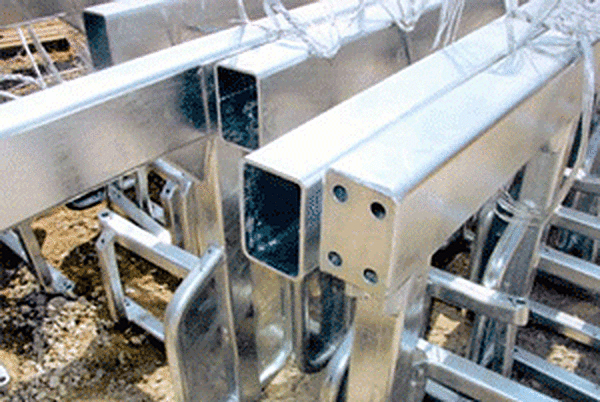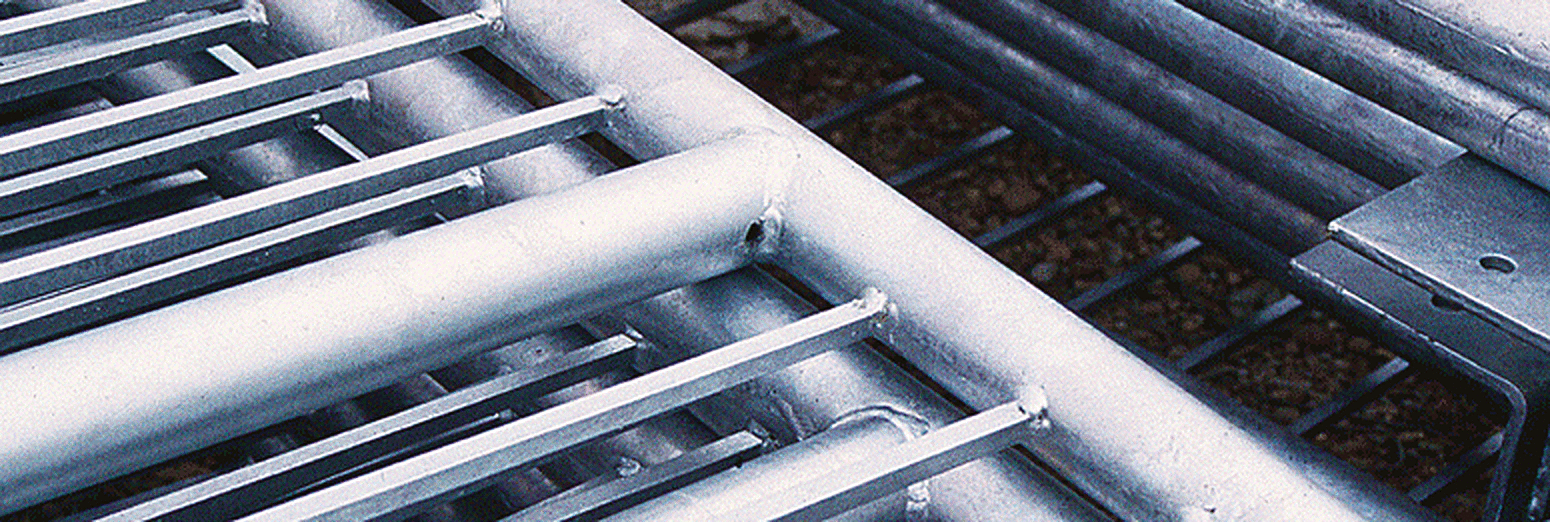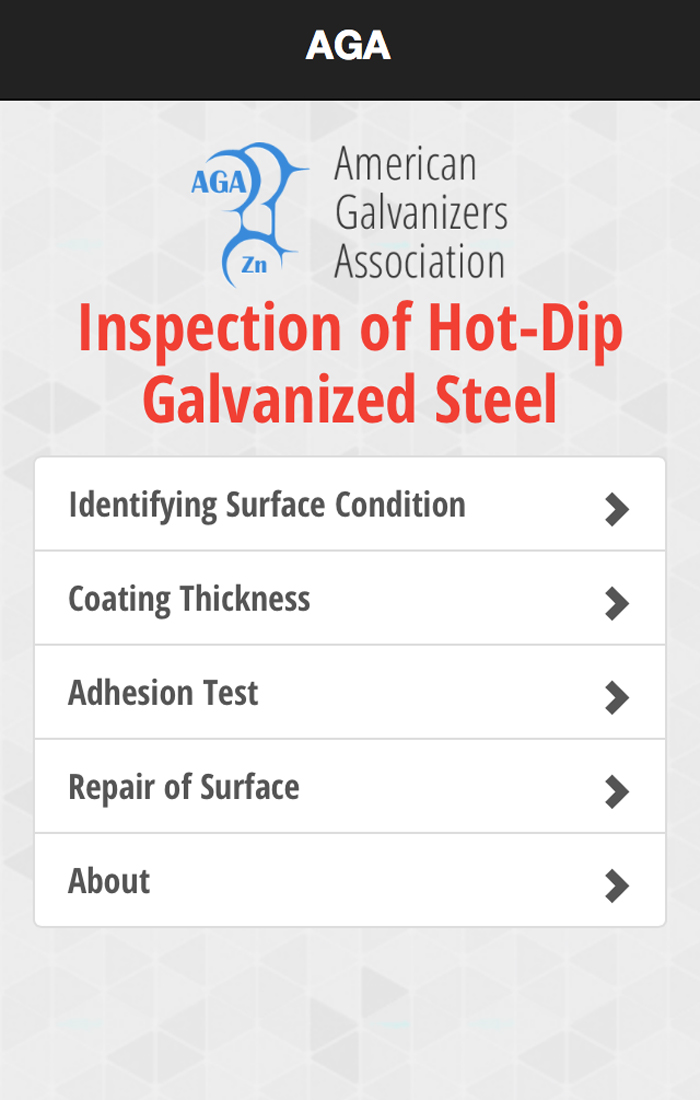Sampling

A sampling protocol has been adopted by ASTM to ensure high-quality products because the inspection of the coating thickness for every piece of material galvanized in a project would not be practical. To properly evaluate hot-dip galvanized coatings, randomly chosen specimens are selected to represent the lot. The inspection quantities are determined by the lot sizes and are detailed in the ASTM specifications A123/A123M, A153/A153M, and A767/A767M.
For products whose surface area is equal to or less than 160 in2 (1032 cm2), the entire surface of the tested product constitutes a single specimen. Products containing multiple material categories or steel thickness ranges and products with surface areas greater than 160 in2 (1032 cm2) are considered multi-specimen products. The minimum number of specimens required for sampling is based on the total lot size (number of pieces) and is defined in the ASTM specifications.

For single specimen articles, specimens are randomly selected and a minimum of five widely dispersed measurements are taken over the surface area of each specimen to represent the average thickness. The average value of the five coating thickness measurements must be greater than or equal to one grade below the minimum average coating thickness for the material category. The average coating thickness of the lot (all specimens) must meet the minimum coating thickness for the material category.
For multi-specimen products, the products surface area is subdivided. For parts greater than 160 in2 (1032 cm2), three continuous local sections with equivalent surface areas constitute a specimen. Each specimen (subsection) must have five widely dispersed readings just as for single specimen articles. For fabrications with more than one material category or steel thickness, the fabrication will contain more than one specimen. Each specimens (subsection) average thickness measurement values must be greater than or equal to one grade below the minimum average coating thickness for the material category, and the overall sample (three subsection averages) must meet the minimum average coating thickness for the material category.

